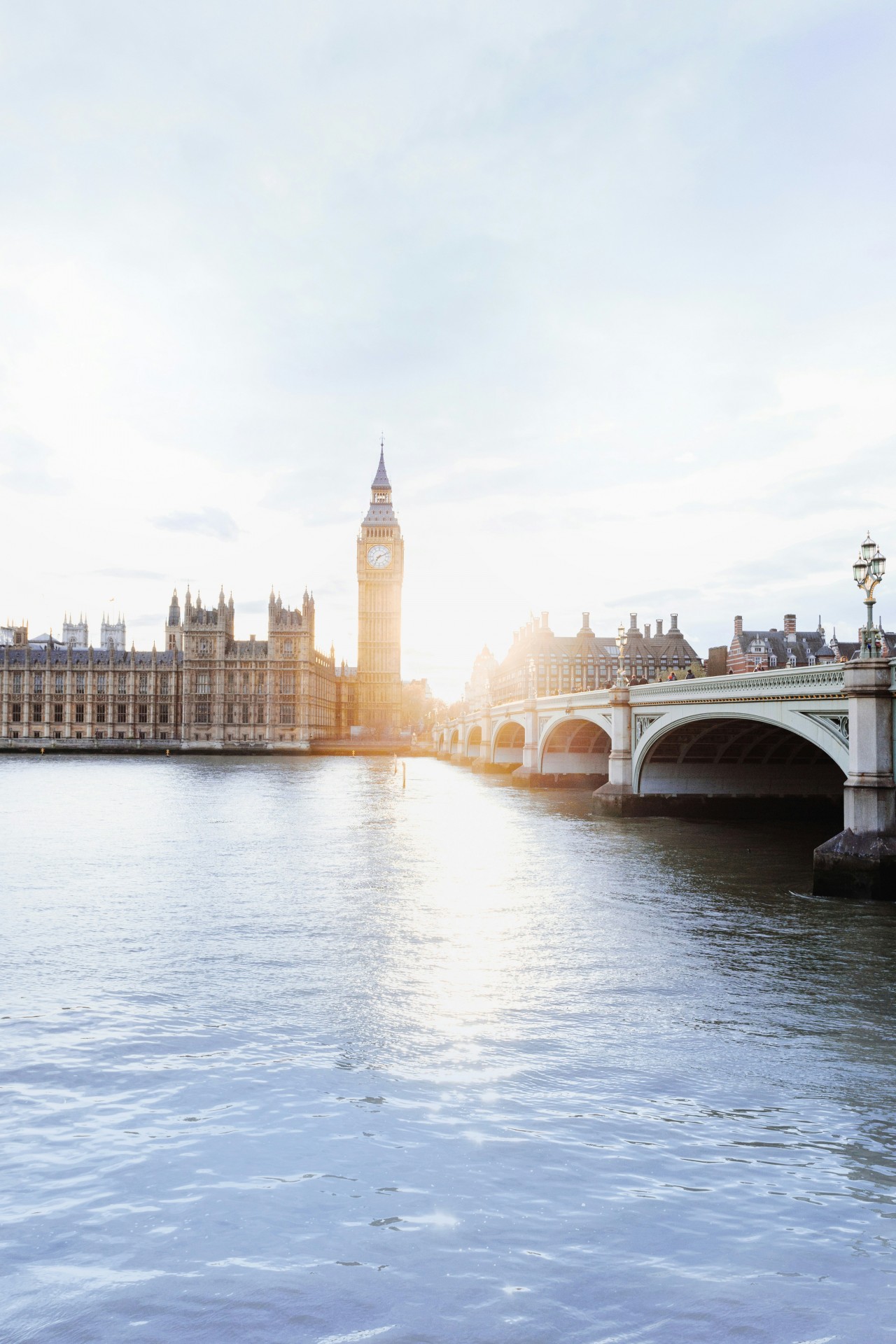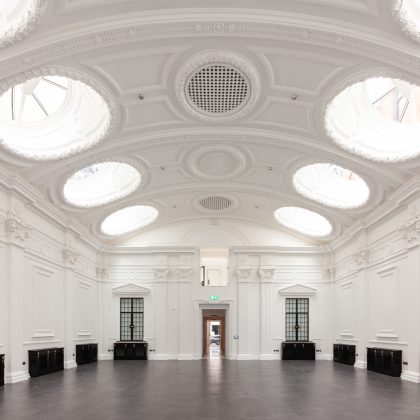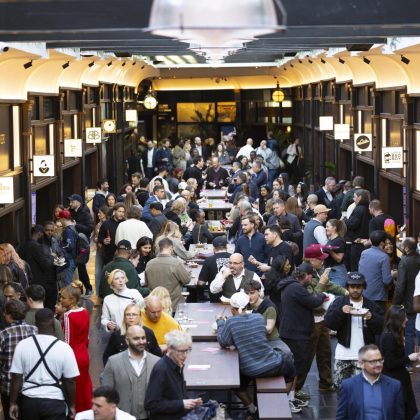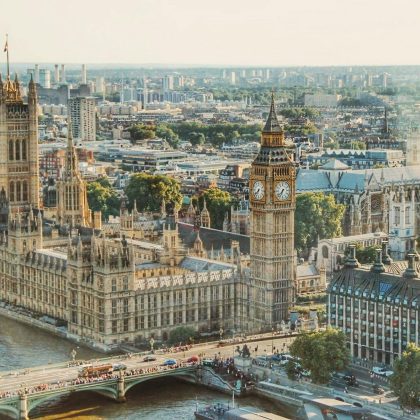The UK’s mayoral election votes have been counted, and the winners have been announced. But how will the outcome shape the built environment, planning policy, and the ever-worsening housing crisis? Here, Elizabeth Lorraine considers the priorities of the newly-elected (and re-elected) regional leaders.
Following the mayoral elections that took place in the East Midlands, Greater Manchester, Liverpool City Region, North East, London, West Midlands, West Yorkshire and Salford, many cities across the UK are preparing for policy shifts. The results will not only shape the skyline and each city’s unique urban fabric, but welcome new ideas and opportunities to tackle numerous challenges.
The most populous of the UK’s mayoral cities, London, is of course a global financial hub, a cultural melting pot, as well as a city of significant urban complexity. Following his re-election, Sadiq Khan will continue to play a leading role in addressing a host of pressing issues, including housing affordability, transport infrastructure and sustainability. Khan has promised to build 40,000 council homes in London by 2030, doubling his previous target, and to build new “rent control” homes.
The election result also presents the chance to build a city with better opportunities for young Londoners, as Khan has pledged to make London the best city in the world to grow up in. He has pledged to do more to help young Londoners secure jobs and affordable housing, as well as harnessing the energy, imagination and insights of the capital’s youth to design social programmes that make a meaningful and positive impact on the lives of young people living in the capital.
However, soaring property prices are forcing residents to move to the outskirts of the city – a problem that has underlined the importance of inclusive urban planning. Housing was high on the campaign agenda for London’s mayoral race, with the London Property Alliance calling for a softening of planning constraints to get more homes built. Arguably, Khan must have a vision for mixed-income housing developments and robust public transport systems if he wants to redefine the city’s social and spatial dynamics, and foster a more equitable and liveable London for all.
Greater Manchester, renowned for its industrial heritage and thriving creative scene, sits at a crossroads. Following his re-election, Andy Burnham must continue to navigate the delicate balance between preserving heritage, and encouraging modern development and building density. Revitalising former industrial sites into vibrant cultural hubs, while preserving the city’s architectural legacy requires a nuanced approach. Burnham’s manifesto was led by housing, with a mission to make Greater Manchester the UK’s first city region to end its housing crisis by 2038 as he launches his third term.
The manifesto also promised to replicate the success of Stockport’s Mayoral Development Corporation by introducing the model to other towns within the Greater Manchester metro area.
Ultimately, Greater Manchester needs a mayor who champions adaptive reuse projects and invests in sustainable infrastructure. This will advance Manchester’s urban innovation, and support the continued growth of the city region, which has seen its population expand by 30% in just two decades.
For the first time, the West Midlands is under the control of a Labour mayor, with Richard Parker taking the hot seat. Parker has promised to work with Councils and Business Improvement Districts to secure additional investment for a new Local High Streets Taskforce to innovate and regenerate regional high streets. He has also pledged to fix the housing crisis by building new affordable homes and cracking down on rogue landlords in order to deliver high-quality, safe and warm homes for all.
However, beyond these specific locales, the outcome of the mayoral elections also carries broader implications for urban governance and policy nationwide. As our cities grapple with the impacts of climate change, rapid urbanisation and social inequality, visionary leadership at the municipal level has never been more crucial. Mayors possess the power to shape the built environment in ways that reflect the values and aspirations of their constituents.
By electing mayors who prioritise sustainability, equity and innovation, we can chart a course towards more resilient, inclusive and vibrant cities for future generations.
Ultimately, the built environment reflects our values as a society; after all, the accurate measure of a city’s greatness lies not in its skyline or GDP, but in its capacity to nurture the dreams and aspirations of all who call it home. The built environment is but a reflection of our shared values and aspirations, for the cities we build today will shape the world of tomorrow.



